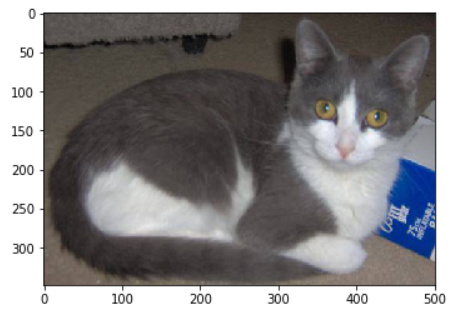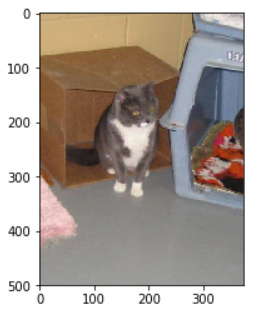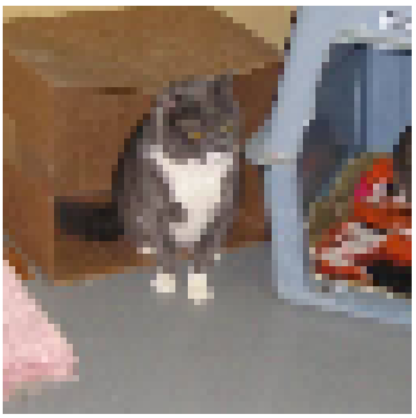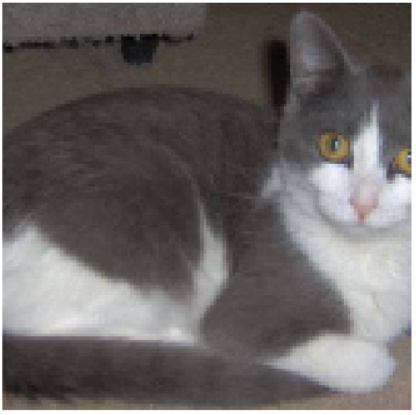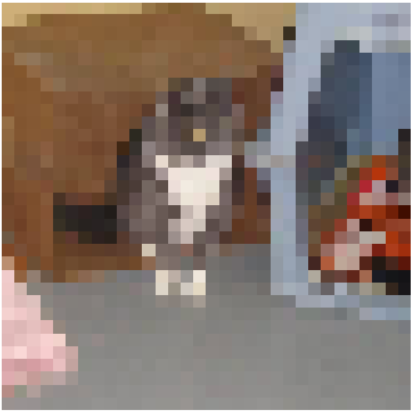I’m playing with the dog-breed data. I am not clear how size of images is handled by the fast.ai/pytorch library.
The images are generally rectangular 443 wide X 387 high.
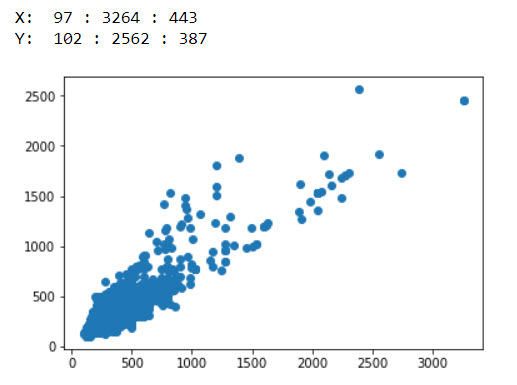
The lecture said that ImageNet’s network was trained on pictures either 224x224 or 299x299.
So the average dog-breed picture is bigger than that, and not square.
Stealing boilerplate code from the teacher, I have:
sz=224
arch=resnext101_64 #epoch[1] accuracy = 0.9257 (his first run was 83.6%)
tfms = tfms_from_model(arch, sz, aug_tfms=transforms_side_on, max_zoom=1.1)
n = len(list(open(f'{PATH}labels.csv')))-1
val_idxs= get_cv_idxs(n) #get cross validation indices [should happen by default according to source]
data = ImageClassifierData.from_csv(PATH, folder='train', csv_fname=f'{PATH}labels.csv', tfms=tfms,
suffix='.jpg', val_idxs=val_idxs, bs=32) #reduced bs from 64
So what is going to happen? is the tfms_from_model going to take every image, chop it square, and resize (up if it’s tiny, or down if it’s big) to sz=224 pixels square? Then data object will be entirely full of 224x224 pictures?
But I’m further-confused by the get_data(sz, bs) function the professor showed during his second lecture:
I call get_data() with the size and batch-size I need. So I cannot understand what the conditional return does: If the sz parameter >= 300, then leave the data object (which was set up with a tfms of sz > 300) alone and return it. But if, for some reason, I specifed a sz less than 300, apply .resize() directly to the data object and make it bigger ?340x340?
Init signature: ImageClassifierData(path, datasets, bs, num_workers, classes)
Docstring: <no docstring>
File: ~/fastai/courses/dl1/fastai/dataset.py
Type: type
Unfortunately there is no docstring for ImageClassifierData, so I don’t know what that function is trying to do, or how it is different/overrides whatever tfms is doing.
I would appreciate if someone can explain how image size flows through the system and is handled.

